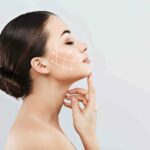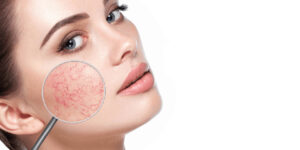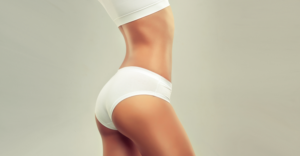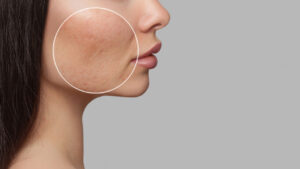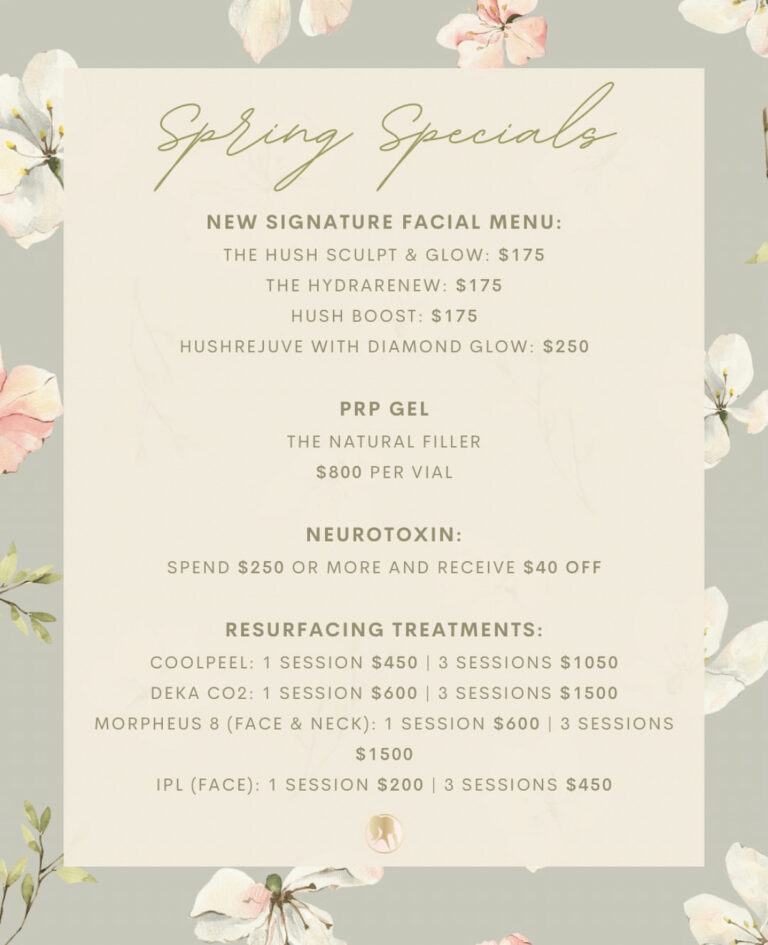Nasolabial folds. Non-surgical treatments for a youthful look
With time, signs of aging become clearer. Some of these, such as the deepening of expression lines and folds, become more prominent on the face. The deep wrinkles that extend from the sides of the nose to the corners of the mouth are called nasolabial folds, also referred to as laugh lines or smile lines. These folds become more pronounced with age and are a natural part of aging.
What are nasolabial folds?
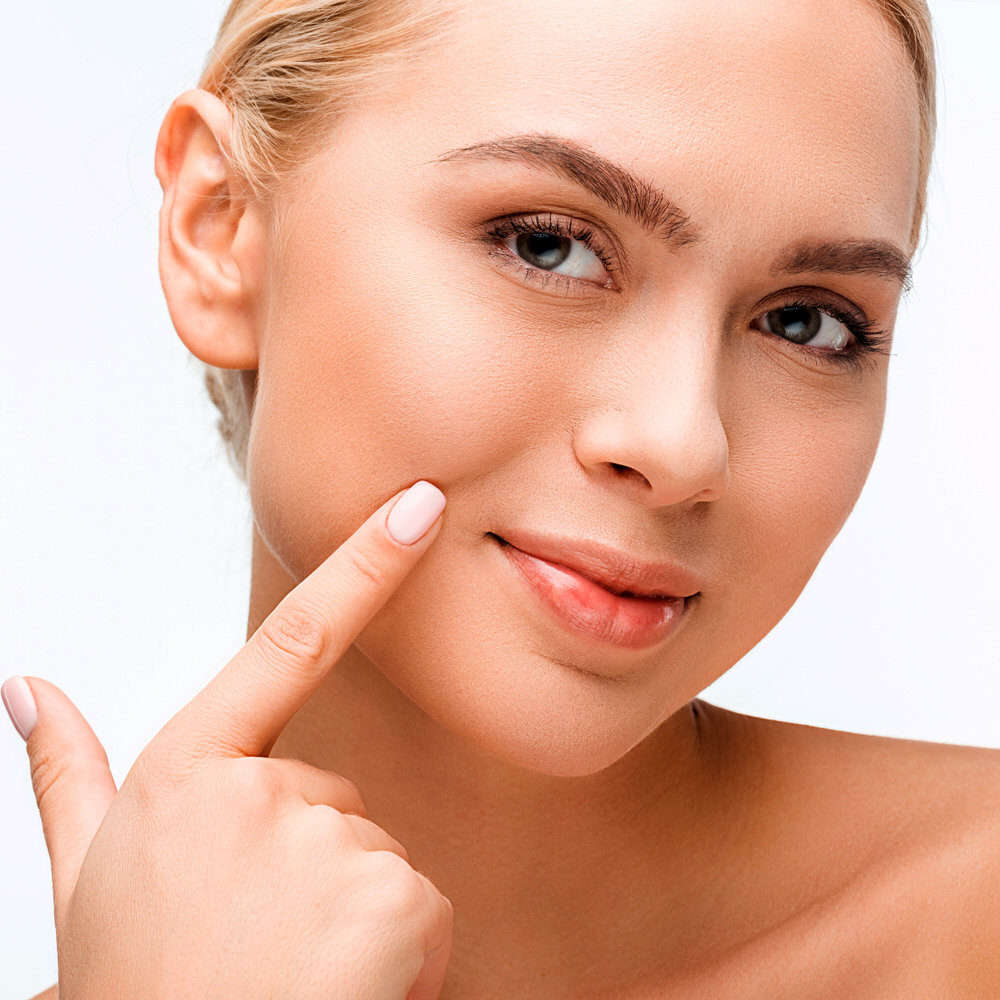
Nasolabial folds are creases in your skin extending from both sides of your nose to the corners of your mouth. Since they are most prominent when you’re smiling or laughing, nasolabial folds are often called laugh lines or smile lines. While everyone has smile lines, they tend to become more visible with age, as skin becomes thinner or sags. These lines are emphasized by wrinkles or the muscular tissue of your lower cheeks.
The presence of nasolabial folds is typical and does not pose a health risk. But a lot of individuals think their smile lines seem ugly, especially as they get worse and form deep wrinkles. While smile lines cannot be completely prevented from developing, there are ways to minimize their visual appearance.
What causes nasolabial folds?
- Aging
As we age, our skin undergoes various changes:
Over time, collagen and elastin production decreases, leading to sagging skin and the formation of folds and wrinkles. Aging skin tends to retain less moisture, which can exacerbate the appearance of lines and folds.
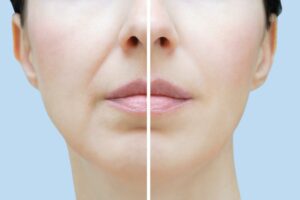
- Facial expressions
Repeated facial movements such as smiling, laughing, and talking cause the skin to crease.
- Loss of facial Volume
With age, there is a natural loss of fat and muscle tone in the face, causing the skin to sag and folds to become more prominent.
- Sun exposure
Prolonged exposure to ultraviolet (UV) radiation from the sun can accelerate skin aging. UV rays break down collagen and elastin fibers in the skin, leading to premature aging, wrinkles, and deeper folds.
- Genetics
Genetic factors play a significant role in the development and depth of nasolabial folds. Some people are genetically predisposed to have deeper folds or may develop them at an earlier age compared to others.
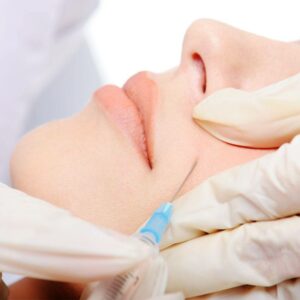
- Lifestyle factors
Certain lifestyle choices can contribute to the formation and severity of nasolabial folds. Tobacco smoke contains chemicals that damage collagen and elastin, leading to premature aging and deeper wrinkles.
A diet lacking in essential nutrients can affect skin health and elasticity. Inadequate water intake can lead to dry, less elastic skin.
- Environmental factors
Exposure to environmental pollutants and harsh weather conditions can also impact skin health and contribute to the formation of nasolabial folds.
- Weight loss or gain
If you lose a lot of weight, you may have extra, looser skin. If you gain weight, you may have bigger cheeks. Both situations can accentuate nasolabial folds.
Non-surgical treatments for nasolabial folds
Dermal fillers
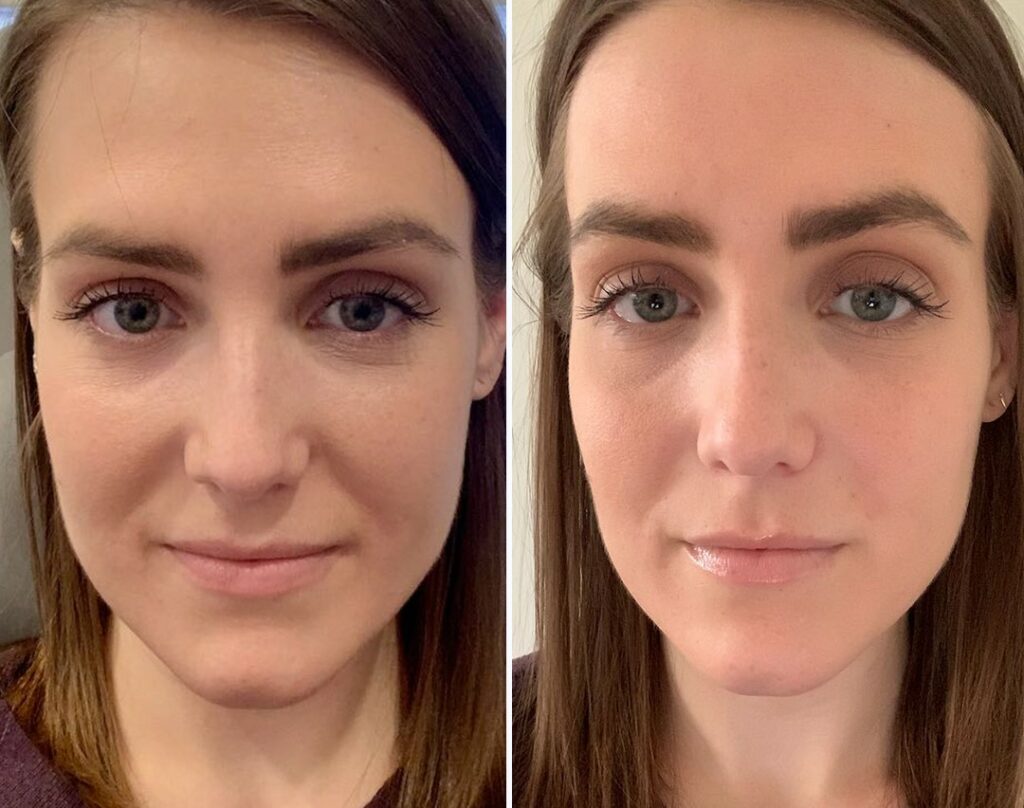
Dermal fillers are a great way to reduce the appearance of smile lines, creating a smoother and younger look. The dermal fillers work by introducing hyaluronic acid under the skin at the dermis level, plumping up this area, and making it appear tighter, fuller, and smoother for longer periods. This non-invasive Hyaluronic acid-based filler gives your face a more youthful look by lifting and plumping the skin. This helps reduce the look of nasolabial folds or laughter lines, that run down from the side of the nose to the mouth.
Botox
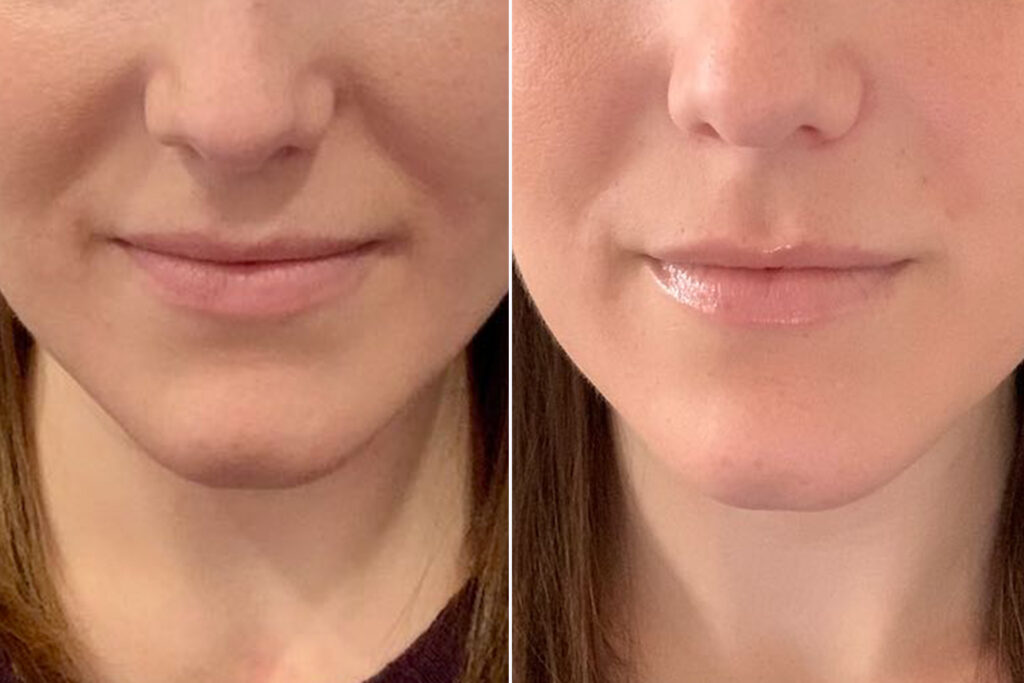
Botox is another minimally invasive treatment that can temporarily reduce nasolabial folds. Botox injections in this muscle cause it to weaken and result in a smoothening of the medial nasolabial fold. The treatment also helps patients with a gummy smile because the relaxation of the muscle causes the upper lip to drop slightly and show fewer teeth. It works by paralyzing overactive muscles that contribute to fold development. Botox smooths the furrows around the nose and prevents the upper lip from moving too high. The result is a more pleasing smile and smoother skin.
PDO threads
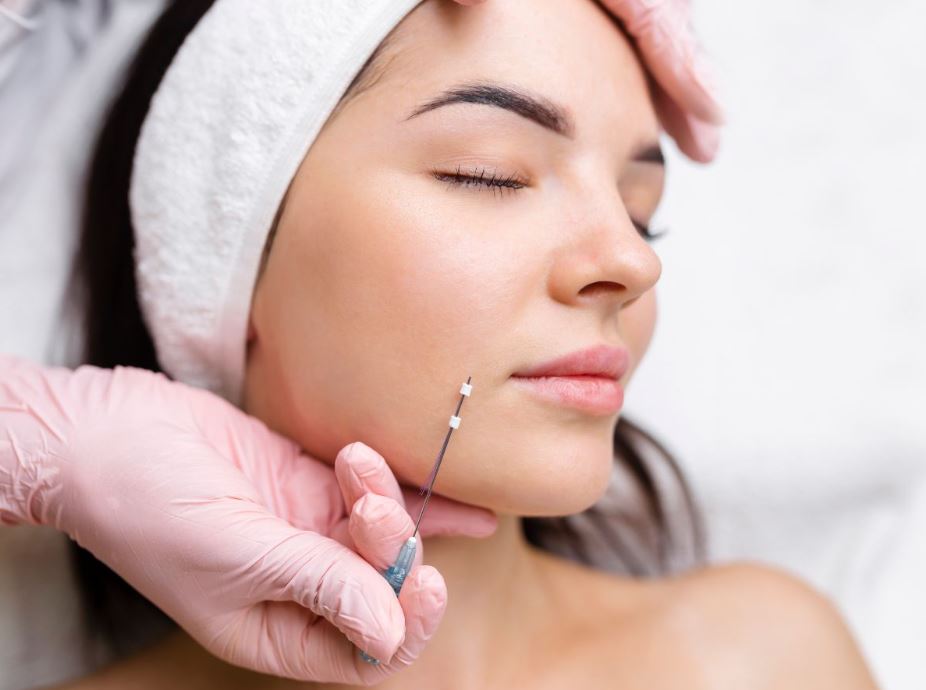
PDO threads are a popular non-surgical treatment for smile lines. These threads provide a minimally invasive option for lifting and tightening the skin, helping to reduce the appearance of these folds. PDO threads are inserted under the skin using a fine needle. Once in place, the threads break down and the PDO material stimulates collagen production. Collagen is the main protein responsible for maintaining the skin’s elasticity which naturally decreases in production as you age. By promoting collagen synthesis, PDO threads help restore skin volume and firmness. The lifting effect is immediate and may sometimes be overemphasized, but the skin settles down in a few weeks as the threads gradually fall into place with the help of gravity.
Microneedling
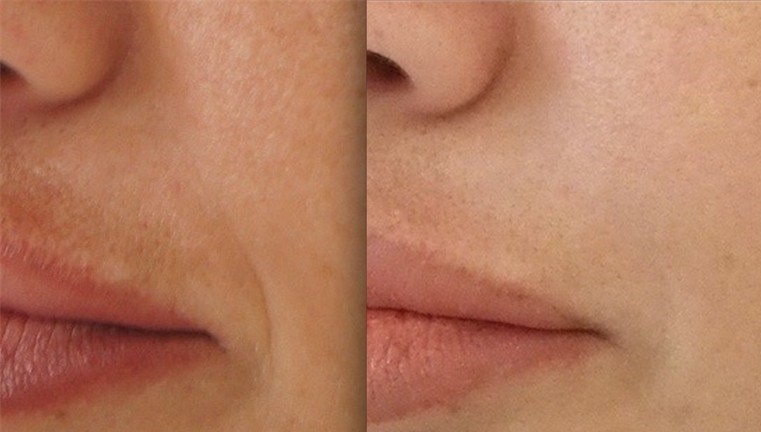
Microneedling, also known as collagen induction therapy, is a minimally invasive treatment that can help reduce the appearance of smile lines. Microneedling involves using a device equipped with fine needles to create tiny, controlled punctures in the skin. It works by puncturing the skin’s outer layer with small needles to encourage the synthesis of collagen underneath. Over time, this contributes to tighter, healthier-looking skin with the least amount of discomfort or recovery time necessary for this kind of therapy.
Chemical peels
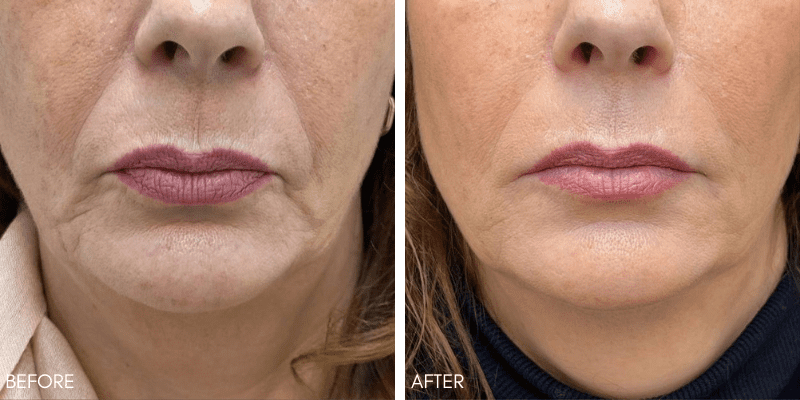
Chemical peels are a popular cosmetic treatment that can help reduce the appearance of nasolabial folds by exfoliating the outer layers of skin and promoting new skin growth. The peeling process encourages collagen production, which helps to firm and plump the skin, reducing the appearance of nasolabial folds. A chemical solution is applied to the skin, causing controlled damage to the outer layers. This solution can vary in strength and type, depending on the desired depth of the peel. The damaged layers of skin eventually peel off, revealing fresher, smoother skin underneath. A light or medium chemical peel can be used to exfoliate the outer skin layers to enhance the appearance of the skin. It encourages skin tightening by stimulating collagen production and cell turnover, resulting in brighter and smoother skin.
Non-surgical treatments for smile lines offer a variety of effective options to rejuvenate the skin, reduce the appearance of these lines, and enhance overall facial aesthetics. These treatments, ranging from Dermal fillers and Botox to Microneedling, PDO threads, and Chemical peels, provide minimally invasive solutions with minimal downtime and natural-looking results.



